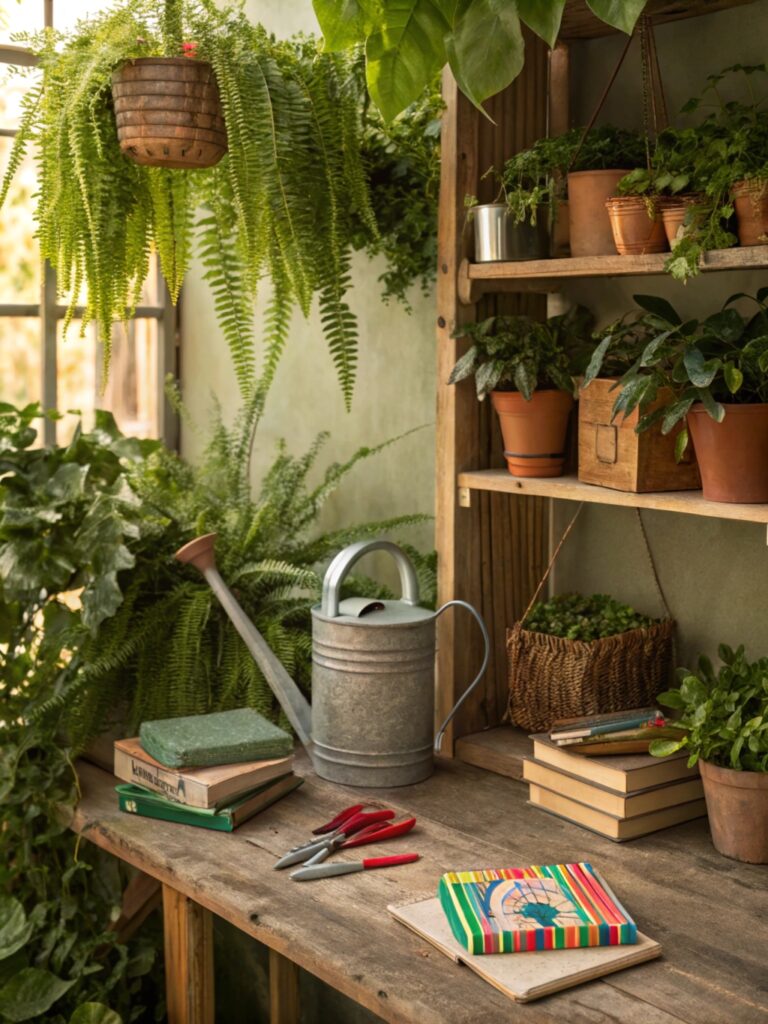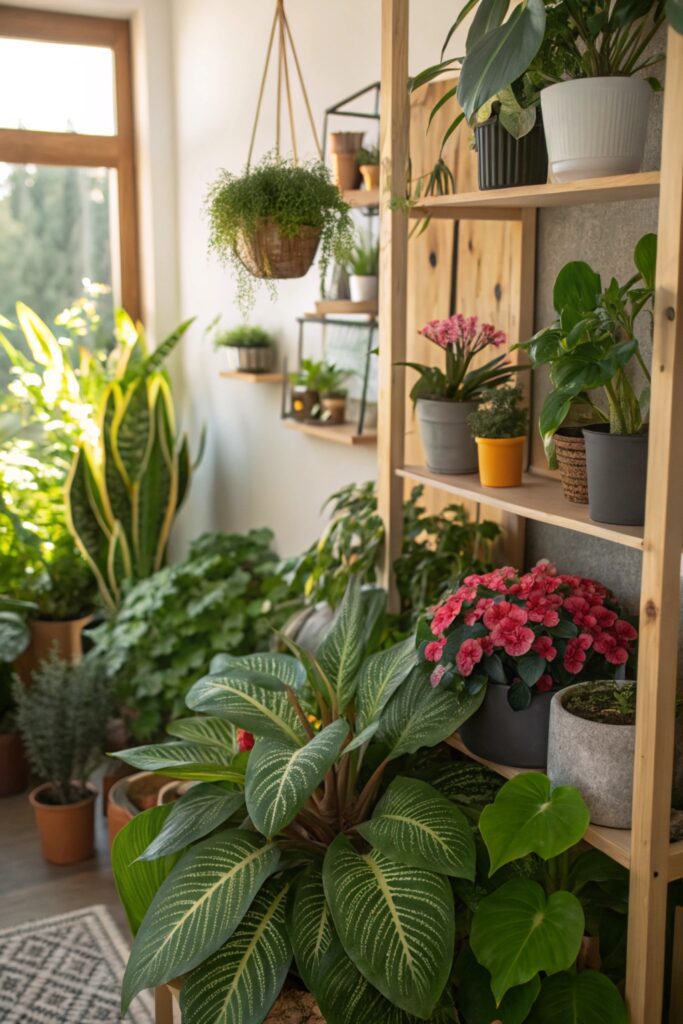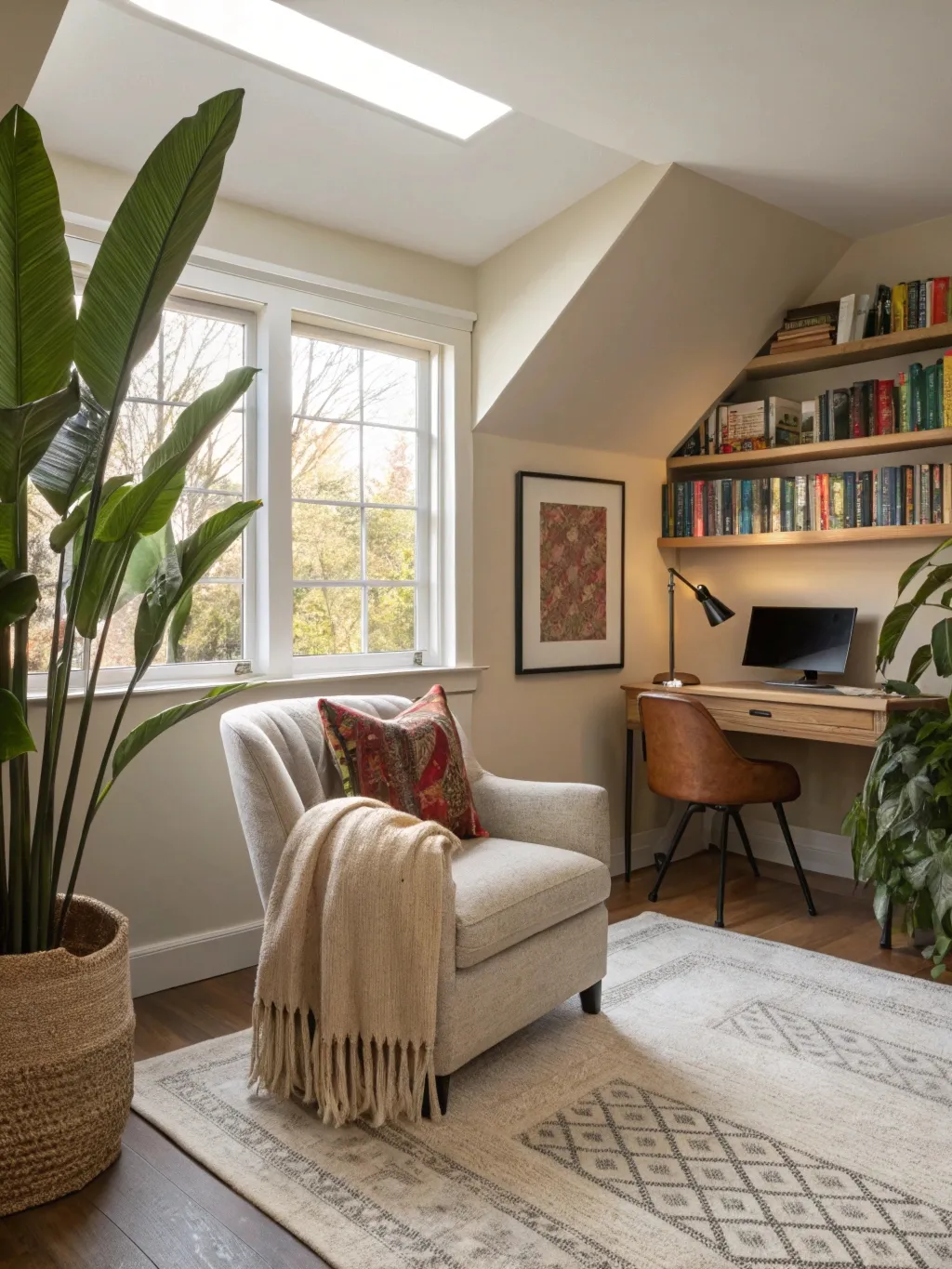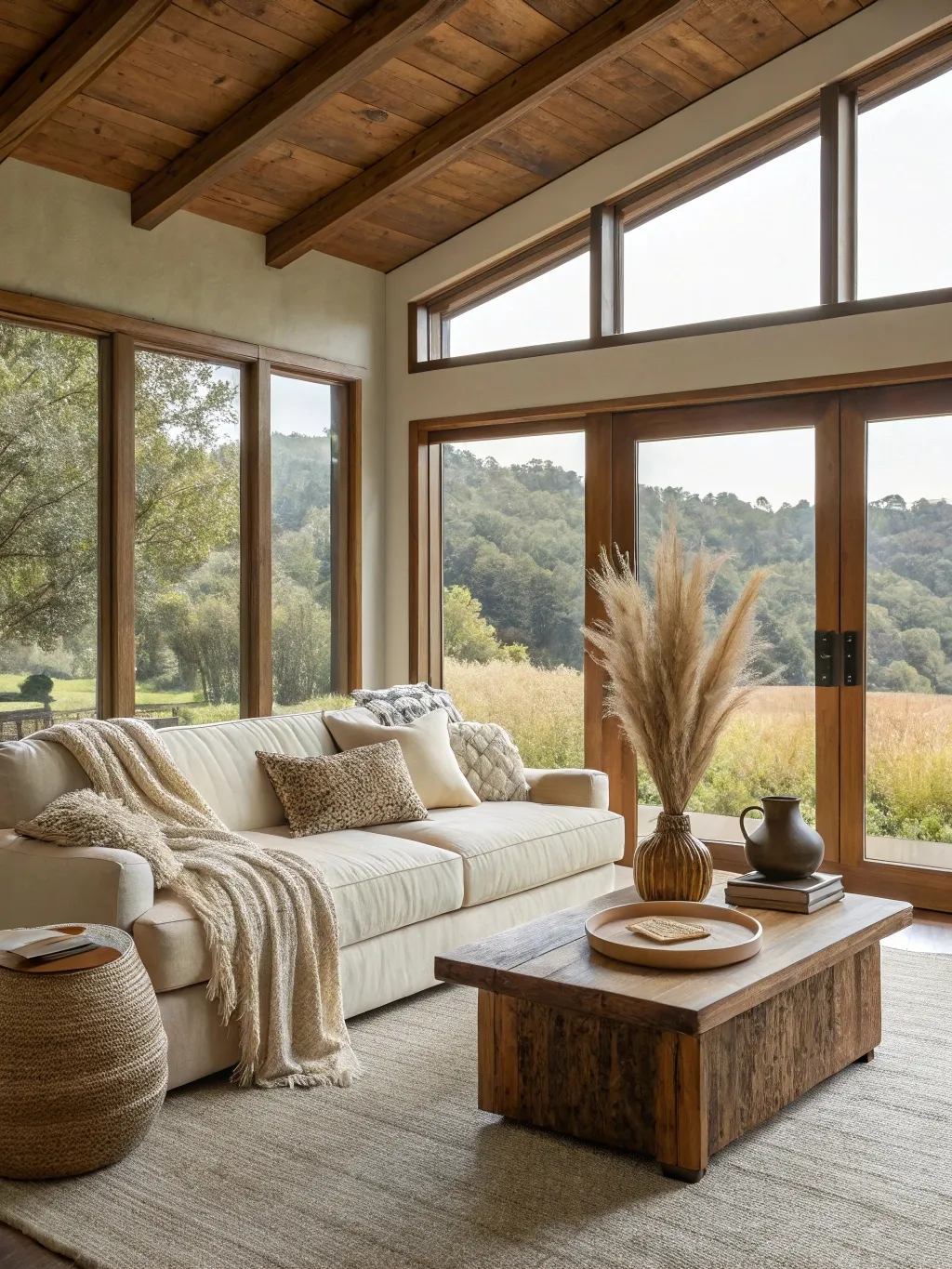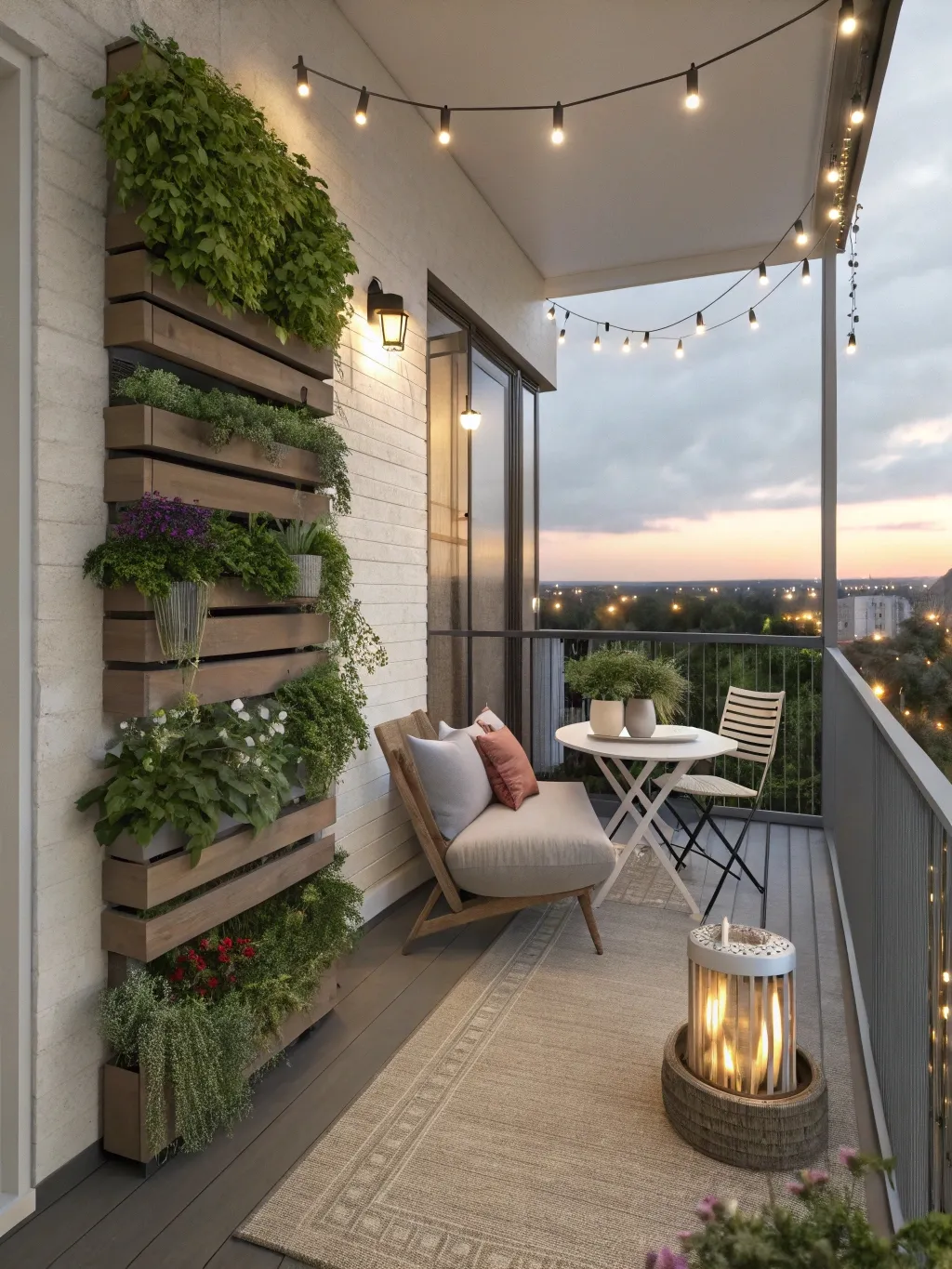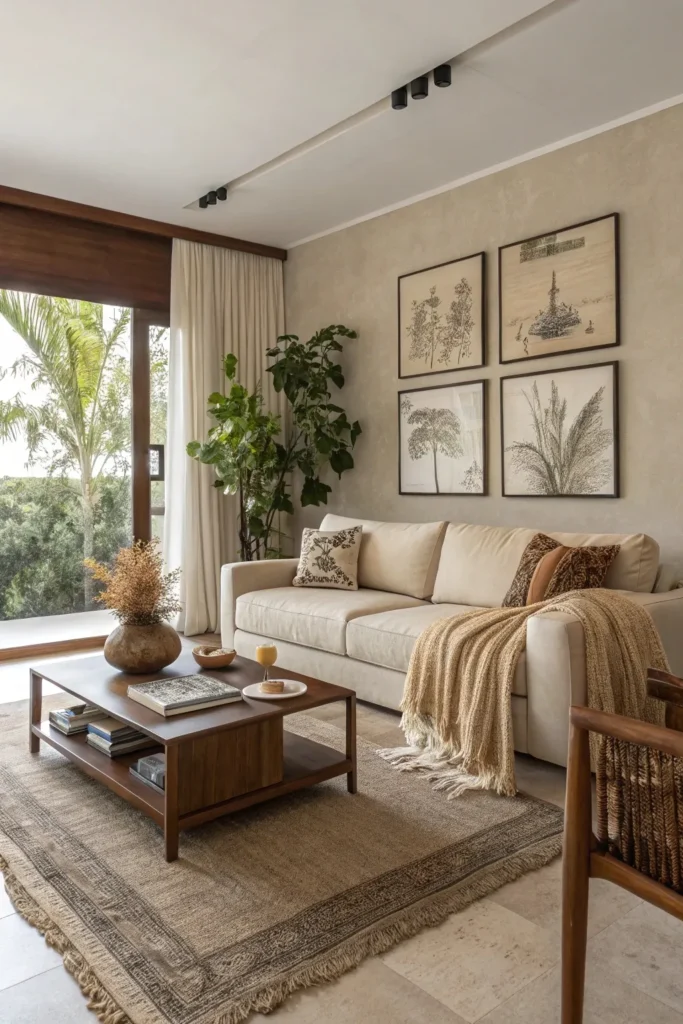Master indoor gardening by choosing plants suitable for your space and light conditions. Guarantee plants have well-draining soil and proper containers to thrive. Maintain ideal moisture levels and monitor watering needs regularly. Utilize creative ideas like vertical gardens and herb shelves to maximize space and design aesthetics. Troubleshoot common issues such as nutrient deficiencies and pests for plant health. Explore propagation methods for expanding your indoor garden. By following these guidelines, you can create a flourishing indoor oasis. Topics like light requirements and essential care practices will further enhance your indoor gardening skills.
Benefits of Indoor Gardening
Indoor gardening offers a multitude of benefits that extend beyond just adding greenery to your living space. Not only does it enhance the aesthetic appeal of your home, but it also provides numerous health benefits. The act of caring for plants can be a great stress relief, promoting a sense of calm and well-being. Additionally, indoor plants are natural air purifiers, helping to improve the air quality in your home.
Embracing indoor gardening allows you to engage in seasonal gardening all year round, regardless of the weather outside. Staying updated on indoor gardening trends can help you discover new plant varieties and innovative techniques to enhance your indoor oasis. For beginners, starting with low-maintenance plants and understanding basic plant care practices is essential for success.
Practicing sustainability by using eco-friendly gardening tools and practices can further enhance the benefits of indoor gardening. By incorporating these tips into your indoor gardening routine, you can create a thriving green space that not only looks beautiful but also contributes to your overall well-being.
Choosing the Right Plants
When selecting plants for indoor gardening, it is essential to take into account factors such as light availability, space constraints, and your personal preferences. Plant types vary widely, with options ranging from low-maintenance succulents to vibrant flowering plants. Consider the amount of sunlight your space receives daily to choose plants that thrive in either low, medium, or bright light conditions.
For seasonal choices, think about how the plant’s growth cycle aligns with the seasons. For instance, flowering plants like orchids or African violets can add a burst of color during the winter months when outdoor gardens are dormant. In contrast, herbs such as basil or mint can be grown year-round, providing fresh ingredients for your culinary adventures.
Space constraints should also guide your plant selection. Compact varieties like pothos or spider plants are excellent choices for small spaces, while larger plants like fiddle leaf figs or peace lilies can become statement pieces in larger rooms. Ultimately, choose plants that not only fit your space but also bring you joy and a sense of fulfillment.
Understanding Light Requirements
Understanding the light requirements of your indoor plants is essential for their health and growth. Different plants have varying needs when it comes to light. Natural light is preferable, but if your home lacks sufficient sunlight, you can supplement with artificial light sources like grow lights. Consider factors such as light duration, intensity, and spectrum. Light meters can help you determine the light conditions in specific areas of your home. Remember that seasonal changes affect the amount of natural light available, so be prepared to adjust plant placement accordingly. Plants that require high light intensity should be closer to the light source, while those needing lower light can be placed further away. Monitor your plants regularly to verify they are receiving adequate light for best growth. By understanding and managing the light requirements of your indoor plants, you can create a thriving indoor garden.
Watering Tips and Techniques
To guarantee the health and vigor of your indoor plants, mastering proper watering techniques is key. When it comes to watering your indoor plants, it’s important to strike a balance between providing enough moisture without overwatering. One significant aspect to take into account is the importance of adequate drainage solutions. Make sure your plant containers have drainage holes to prevent water from accumulating at the bottom, which can lead to root rot and other issues.
Moisture monitoring is another critical component of successful indoor gardening. Different plants have varying water needs, so it’s important to pay attention to the specific requirements of each type of plant you have. Invest in a moisture meter to accurately gauge when your plants need watering. Additionally, take into account factors such as humidity levels and seasonal changes that can impact your plants’ water needs.
Soil and Container Selection
For successful indoor gardening, selecting the right soil and containers is essential. When choosing soil, opt for well-draining mixes like cactus or succulent soil for plants that prefer drier conditions, while using a standard potting mix for most indoor plants. Consider container materials carefully; plastic containers are lightweight and retain moisture well, whereas terracotta pots are breathable but may require more frequent watering due to evaporation. Ceramic containers provide a stylish option but can be heavier and prone to breakage. Match the container size to your plant’s needs, ensuring adequate space for root growth. Additionally, consider the aesthetic appeal and overall design of the containers to complement your indoor space. Remember to repot plants as they grow to prevent root-bound conditions. By selecting the right soil types and container materials, you provide a solid foundation for your indoor garden to thrive.
Indoor Garden Maintenance
Within your indoor garden, proper maintenance is key to ensuring the health and vibrancy of your plants. To keep your indoor garden thriving, it is vital to pay attention to plant nutrition and make seasonal adjustments. Providing the right balance of nutrients is essential for healthy growth. Consider using a balanced fertilizer or specialized plant food to meet your plants’ specific needs. During different seasons, your plants may require varying levels of sunlight, water, and humidity. Adjusting these factors accordingly can help your plants adapt and flourish. Regularly check for signs of nutrient deficiencies or excesses, such as yellowing leaves or stunted growth, and address them promptly. Additionally, keep an eye out for any pests or diseases that may affect your indoor garden. By staying vigilant and proactive in your maintenance routine, you can create a favorable environment for your plants to thrive year-round.
Dealing With Pests and Diseases
Dealing with pests and diseases is a essential aspect of maintaining a healthy indoor garden. To prevent infestations, consider implementing preventive measures such as regularly inspecting your plants for signs of pests and diseases. Proper pest identification is imperative for effective treatment. Common symptoms of diseases include wilting, yellowing leaves, and unusual spots. For pest control, organic solutions like neem oil or insecticidal soap can be effective. Monitoring techniques such as sticky traps help track pest populations. Beneficial insects like ladybugs or lacewings can also aid in pest management. Natural repellents such as garlic spray or diatomaceous earth act as barriers. In case of infestation, quarantine affected plants to prevent spreading. Remember, early detection is key to successful treatment. By incorporating these practices into your indoor gardening routine, you can guarantee a thriving and pest-free environment for your beloved plants.
Propagation Methods
When it comes to indoor gardening, mastering propagation methods is essential for expanding your plant collection and maintaining a sustainable garden. There are various propagation techniques you can utilize to grow new plants. Cutting propagation involves taking a cutting from a healthy plant and encouraging it to grow roots in a separate container. Seed propagation is another common method where you plant seeds and nurture them into mature plants. Water propagation is a simple technique where you place plant cuttings in water until they develop roots. Leaf propagation involves taking a leaf from a plant and allowing it to sprout new roots. The division method includes dividing a mature plant into smaller sections to create new plants. Finally, the layering technique involves encouraging a stem to develop roots while still attached to the parent plant before separating it. Experiment with these propagation methods to expand your indoor garden collection efficiently.
Creative Indoor Garden Ideas
To enhance your indoor gardening experience, consider exploring creative indoor garden ideas that can elevate the aesthetics and functionality of your space. Vertical gardens are a fantastic way to maximize space by growing plants upwards. Herb shelves not only provide fresh ingredients for your cooking but also add a green touch to your kitchen. Creating fairy gardens can bring a whimsical and enchanting feel to any room. Succulent arrangements are low-maintenance and visually appealing, perfect for busy plant lovers. Utilize your kitchen windowsills to grow herbs or small plants that thrive in the sunlight. Transform your space into an indoor jungle by incorporating a variety of plants with different shapes and sizes. Terrarium creations can add a modern and stylish element to your home decor. Plant stands, hanging planters, and decorative pots can help showcase your plant collection beautifully. Experimenting with these creative indoor garden ideas will surely enhance the charm of your indoor oasis.
Troubleshooting Common Issues
Addressing common issues that may arise in your indoor garden is essential for maintaining the health and liveliness of your plants. Plant nutrient deficiencies can manifest as yellowing leaves, stunted growth, or leaf discoloration. To address this, consider using a balanced fertilizer or specific nutrients like nitrogen, phosphorus, and potassium based on your plants’ needs. Regularly monitoring your plants’ growth and adjusting the feeding schedule can help prevent deficiencies.
Humidity control is another critical factor in indoor gardening. Low humidity can lead to dry, crispy leaves and poor plant growth. To increase humidity, consider using a humidifier or grouping plants together to create a microclimate. On the other hand, high humidity can encourage mold and mildew growth. Proper air circulation and avoiding overwatering can help mitigate this issue.

